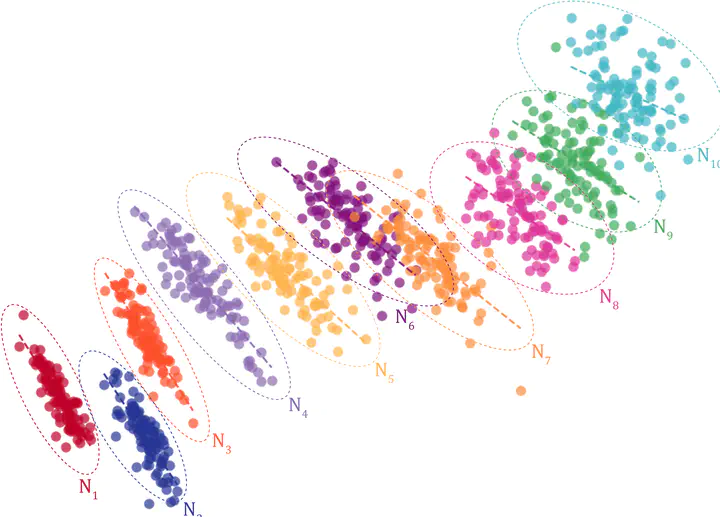A Geographical Perspective on Simpson’s Paradox

Abstract
(This presentation was awarded the 3rd place in the John Odland Research Competition, SAM specialty group, AAG.) The concept of scale is inherent to and consequential for the modeling of geographical processes. However, scale also causes huge problems for spatial analysis because the results of many types of spatial analysis appear to be dependent on the scale of the units for which data are reported. Consequently, it is often difficult to reconcile the results of calibrating the same spatial model with the same data aggregated to different spatial scales. This is the well-known Modifiable Areal Unit Problem (MAUP) and the problem is also manifested in the extreme version of the MAUP, Simpson’s paradox. Despite decades of research, spatial analysis is still beset with both these problems. Previous examinations of scale effects in spatial analysis have concentrated on trying to establish a link with the resolution and configuration of geographic zones for which data are reported, all typically at a global level of analysis. Here a different approach is followed which takes advantage of local models to understand how aggregating data which may have been derived from different processes can result in different (and often contradictory) inferences from global and local analyses, exemplifying a spatial instance of the classic Simpson’s paradox.